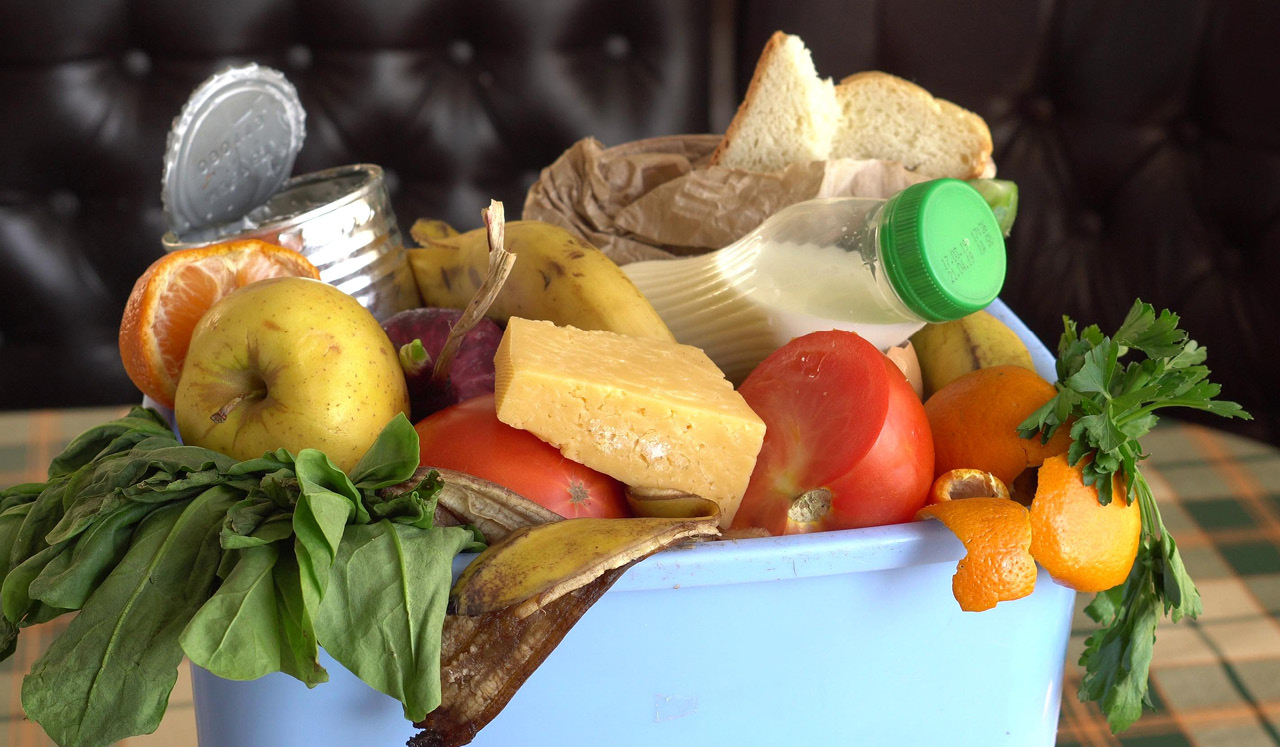
Every year, a large proportion of the world's food goes to waste. This would not have to be the case if food producers and retailers helped to reduce the loss, and all those involved in the value chain worked together.
A good third or more of all global food is lost every year. That is around two billion metric tons. While half of it is wasted in retail, restaurants or households, the other half is lost in upstream processes before the products reach grocery stores and warehouses. This food, worth about $600 billion, is lost during or shortly after harvest and consumes a quarter of the world's freshwater supplies. Together with food later wasted in stores or by consumers, lost food also causes greenhouse emissions that account for 8% of global emissions - four times more than the aviation industry. These are the findings of the McKinsey study "Reducing food loss: What grocery retailers and manufacturers can do".
Less food loss has economic and environmental benefits
Reducing food waste would have some benefits: Retailers' manufacturing costs would decrease by 3% to 6% and producers' costs would decrease by 5% to 10%. Less food loss would also have environmental benefits: CO2 emissions and associated costs would decrease by 4% to 9%.
While the production of meat and dairy products has the greatest negative impact on the environment, they have very little share in food loss and thus in its negative environmental impact: Meat accounts for 3% of food loss, while milk accounts for 5%. In contrast, three categories - fruits/vegetables, cereals and roots/tubers - account for the largest share of food loss and associated CO2 emissions and water consumption, at 75%. Between 50 and 75 million tons of tomatoes alone are lost each year at or shortly after harvest, about a quarter of which are lost during picking and stowing in containers.
There are causes and solutions to reduce food loss
The main causes of food loss at harvest are in equal parts: Overproduction, products that do not meet customer needs, and food that has damage that makes the products inedible. As a result, humans could still eat two-thirds, and one-third could still be used alternatively, for example as a bio-based raw material or animal feed. Food retailers and producers could create $80 billion in new market potential by using these foods.
Food loss is influenced in part by external factors such as unexpected weather events, a flawed approach to deliveries, or poor equipment maintenance. However, lack of transparency and communication among stakeholders in the value chain also result in food losses. Producers may overproduce because they do not have a clear understanding of market demand, while manufacturers and retailers often have little visibility into supply. Strict customer expectations can lead to post-harvest rejection of products by retailers because they do not meet the retailer's standards and expectations. Most procurement contracts do not create incentives to reduce food losses.
Food waste and food loss is not the same thing
Food waste, according to the United Nations Food and Agriculture Organization (FAO), is "the discarding of edible food at the retail and consumer level." Food waste occurs downstream, either at the distribution stage (for example, as food moves from a retailer's warehouse to a store shelf) or at the consumption stage (such as when people throw away leftover food). Food loss, on the other hand, occurs in upstream processes. The FAO defines it as "the decrease in edible food mass during production, post-harvest and processing in the food chain."